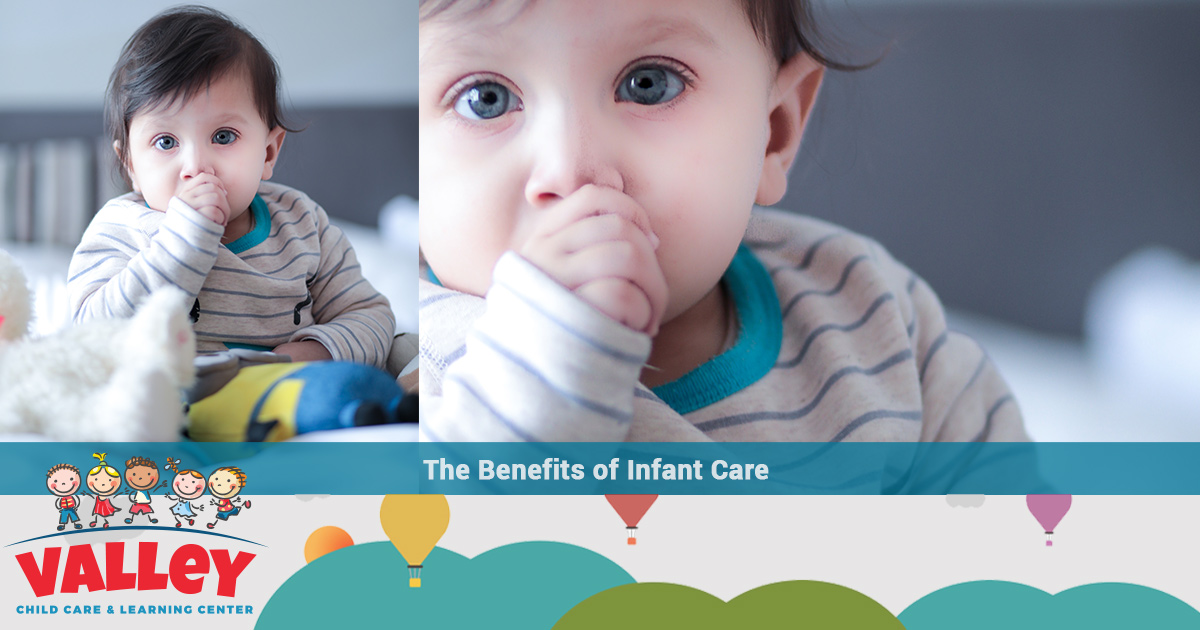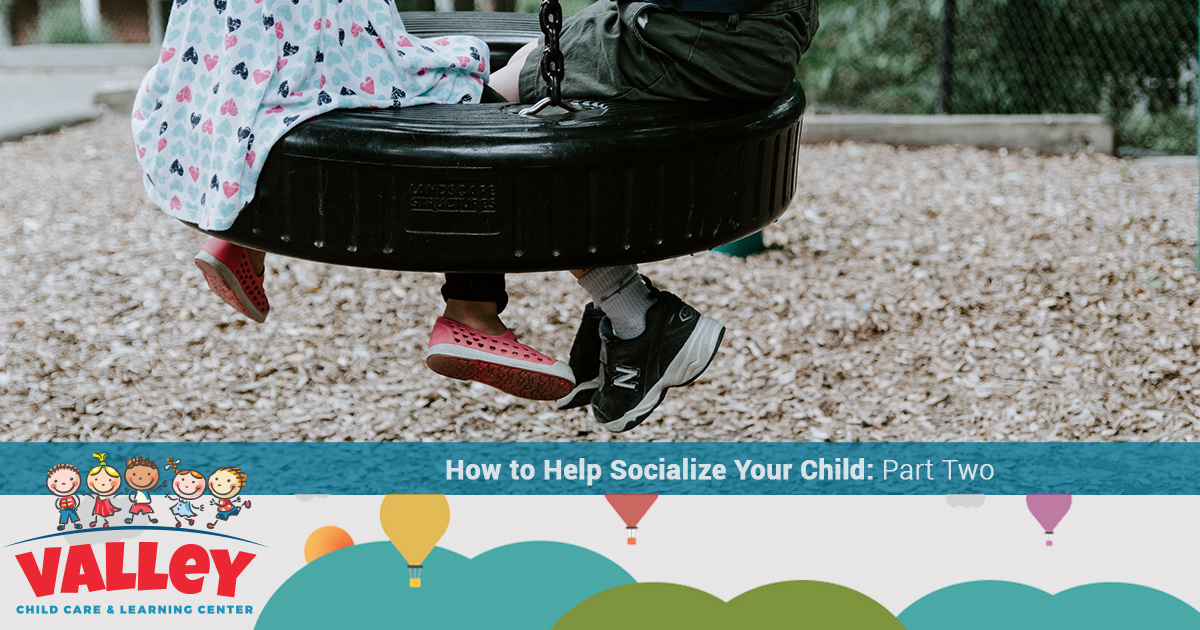No parent likes to leave their son or daughter in the care of someone else, but often it’s required if the parent is working. Separation anxiety can be felt by both the parents and the baby, so in this blog we’re going to talk about what separation anxiety is, how to deal with it, and how to make daily drop-offs easier. If your child is ready to go to an early learning center and you’re in the state of Arizona, contact Valley Child Care and Learning Center. We’re proud to offer 10 locations to better serve you, and you can rest assured that your son or daughter will receive amazing care and education from our experienced staff. Call us today for more information!
What is Separation Anxiety?
You may have heard the term thrown around, but might be confused as to what it entails. Separation anxiety are the feelings and behavior that babies and young children exhibit when someone other than their parent is their caregiver. This person causing the distress can be a family member, friend, or teacher who is tasked with caring for the child when the parent cannot. Babies usually cry, fuss, scream, act shy, become angry, or cling to their parents when the parent is trying to leave or pass off the child to the caregiver. This behavior is normal for babies around the age of one year but can extend into preschool-aged children and even older kids in some cases.
Parents are often more distressed than their child when their son or daughter exhibits separation anxiety, and it can cause issues when the child begins attending day school. On the other hand, your kiddo may seem to love going to his or her daily class and it seems like you can just pass him or her off to anyone. Then one day out of the blue, your previously go-with-the-flow baby begins crying uncontrollably when you’re dropping him or her off in the morning. What gives?
How Separation Anxiety Works
When your baby is still tiny, he or she may be fine when left with a family member, friend, or babysitter when you’re going to work or a special event. Until about seven months, your child hasn’t learned object permanence yet. Once you or your spouse has left the room, your baby “forgets” that you exist because you’re no longer in front of him or her. He or she will then adapt well usually to the caregiver who is now taking care of him or her.
This all changes between five and seven months. Your baby is learning object permanence during this time, which means that now when you or your spouse leaves the room, your baby still doesn’t understand that you exist, which induces panic. This is why he or she may begin crying as soon as you’re out of sight and then continue to cry until you return, even if you’re only gone for a moment.
As your child grows in understanding, object permanence is part of his or her world, but being left by a parent can still induce panic and crying fits. This is separation anxiety. Your child may cry, cling to you, scream “no!”, and ignore the friendship of the caregiver, babysitter, or teacher. This can cause difficulty in taking your child to daycare or school and make the daily drop-off distressing and overwhelming for both the parent and the child.
How to Help Separation Anxiety
Games like peekaboo, hide-and-seek, and talking to your child from another room are great ways to teach object permanence. Your child will begin to conceptualize that you’re still there, even when you’re not visible. This will help your son or daughter learn to trust that you’re not leaving him or her forever and be able to enjoy the school day with his or her classmates and teacher.
Some other tips include:
Don’t Start Daycare During Separation Anxiety Problems: If you can, don’t place your child in daycare or hire a nanny during peak separation anxiety months. These ages where separation anxiety is especially acute are between seven months and year and a half.
Slowly Integrate: Take your child to meet his or her new teacher or invite the nanny that you’ve hired over for dinner. This will help your son or daughter learn to make friends with his or her new teacher or nanny and learn that a friendship can form between them. This will prepare your kiddo for the new experience and he or she will at least be familiar with the person.
Be Firm: Showing emotion and allowing your child to cling to you will only extend the period of separation anxiety. When dropping your son or daughter off, give him or her a kiss and hug and then try to leave as soon as you can. It may be hard to see your child cry and be upset, but he or she needs to learn that you will return and that acting out doesn’t help. It also will show your kiddo that you’re in control, which will allow him or her to trust you.
Kids Will Outgrow Separation Anxiety
In the thick of the crying, panicking, and clinging, remember that your kid will outgrow separation anxiety, and it’s only a matter of time. Sometimes, kids exhibit this kind of anxiety when they’re in a new place or if you’ve recently moved and nothing is familiar anymore. Do your best to comfort your child, but make sure that you’re also staying strong. You can also consult your son or daughter’s doctor for more information and tips on how to work best with your child.
Separation anxiety doesn’t have to rule your life. Utilize these tips to help your son or daughter the next time he or she starts to cry when you’re leaving the classroom or your home. If you’re searching for an amazing early learning center in the state of Arizona, contact Valley Child Care and Learning Center for more information about enrolling your son or daughter in one of our 10 locations! Call now!






